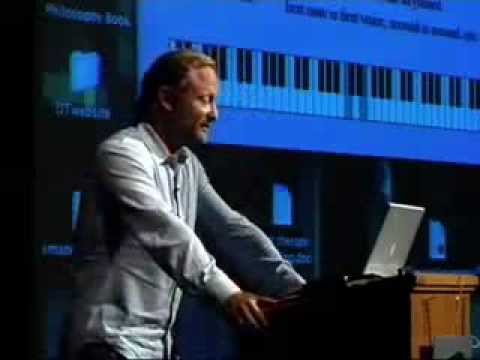Description:
Explore the fascinating intersection of music theory and contemporary geometry in this illuminating lecture. Delve into the concept of musical chords existing within unique geometrical spaces called "orbifolds," which feature unusual twists and strange "singularities" comparable to black holes in General Relativity. Experience an accessible, multimedia presentation that allows you to both listen to and visualize pieces of music as they traverse cones, Mobius strips, and other geometric objects. Discover how elementary concepts of music theory can be translated into mathematical language, and learn about the properties of musical coherence, including macroharmony and centricity. Investigate the five musical properties and their significance in creating coherent music. Witness demonstrations of how musical notes can be converted to numbers, and understand concepts such as octave equivalence, chords, and musical distance. Examine the geometric representations of major and minor scales, and explore the idea of perfect evenness in music. Conclude with an intriguing analysis of Chopin's mysterious E minor prelude, tracing its path along a necklace of four-dimensional cubes.
Read more

The Geometry of Consonance - Music and Mathematics
Add to list
#Art & Design
#Music
#Music Theory
#Mathematics
#Geometry
#Visual Arts
#Animation
#Harmony
#Science
#Physics
#Acoustics
#Orbifolds